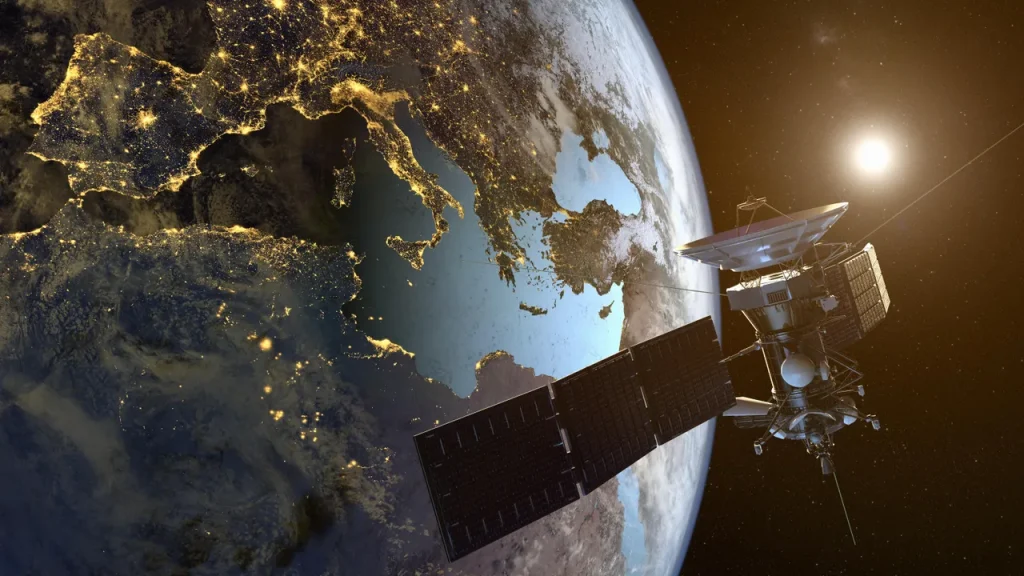- The A$1.5 billion plan would launch Australia’s first sovereign LEO satellite network by 2028.
- The project could reduce reliance on foreign providers for critical satellite connectivity.
What happened: Australia eyes home-grown satellite network
Australian telecoms operator Optus has announced plans to lead a consortium that will launch the country’s first sovereign low Earth orbit (LEO) satellite network by 2028. The A$1.5 billion initiative aims to bolster domestic space capabilities and provide enhanced connectivity across remote and underserved regions.
The project will be executed in partnership with international aerospace firms and domestic technology partners, though specific names have yet to be disclosed. Optus already operates five geostationary satellites but currently depends on third-party LEO systems like Starlink and OneWeb for low-latency broadband coverage. By building its own LEO constellation, the company says it will reduce reliance on foreign networks and increase national security.
Also read: Cegedim Asia Pacific: Bridging digital transformation
Also read: Pacific Internet: Powering Southeast Asia’s digital future
Why it’s important
The move signals Australia’s growing interest in developing independent digital infrastructure, particularly in the strategic space sector. With rising geopolitical tensions and concerns over cyber resilience, national control over satellite assets is becoming a key policy objective. The LEO project, if realised, would allow Australia to retain greater sovereignty over its data flows, disaster communications, and defence applications.
For rural communities, a domestic LEO constellation could dramatically improve broadband access, reducing latency and offering an alternative to fixed-line infrastructure in remote terrains. However, sceptics point to the immense cost and complexity of launching and maintaining a sovereign satellite network—especially when private players like SpaceX already offer mature LEO capabilities.
Still, Optus’s investment reflects a broader global trend: the localisation of critical infrastructure. As countries rethink digital sovereignty in an increasingly fragmented internet landscape, initiatives like this one could define the next decade of satellite-driven connectivity.

